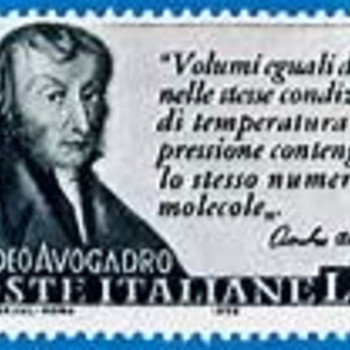Write a balanced oxidation reduction equation, in acidic solution, for the below reaction?
#\tt{C_2O_4^(2-)+Cr_2O_7^(2-)\toCO_2+Cr^(3+)}#
How would I do this via labeling each component per compound? (i.e. charge of the Carbons, and the Oxygens, above #\sf{C_2O_4^(2-)}# , then the total charge for the compound underneath)
Original reference question post
How would I do this via labeling each component per compound? (i.e. charge of the Carbons, and the Oxygens, above
Original reference question post
1 Answer
Well, this is a redox, an electron transfer process, and so we use the method of half equations...
Explanation:
Oxalate
And dichromate,
Charge and mass are balanced for each half equation, as indeed they must be if we purport to represent chemical reality...
The final equation eliminates the electrons as virtual particles, and so we take,
And after cancellation....
And so (if my 'rithmetic is right), three equiv oxalate reduce one equiv dichromate ion. The macroscopic colour we observe would be red-orange (dichromate) to green (chromic ion)….

